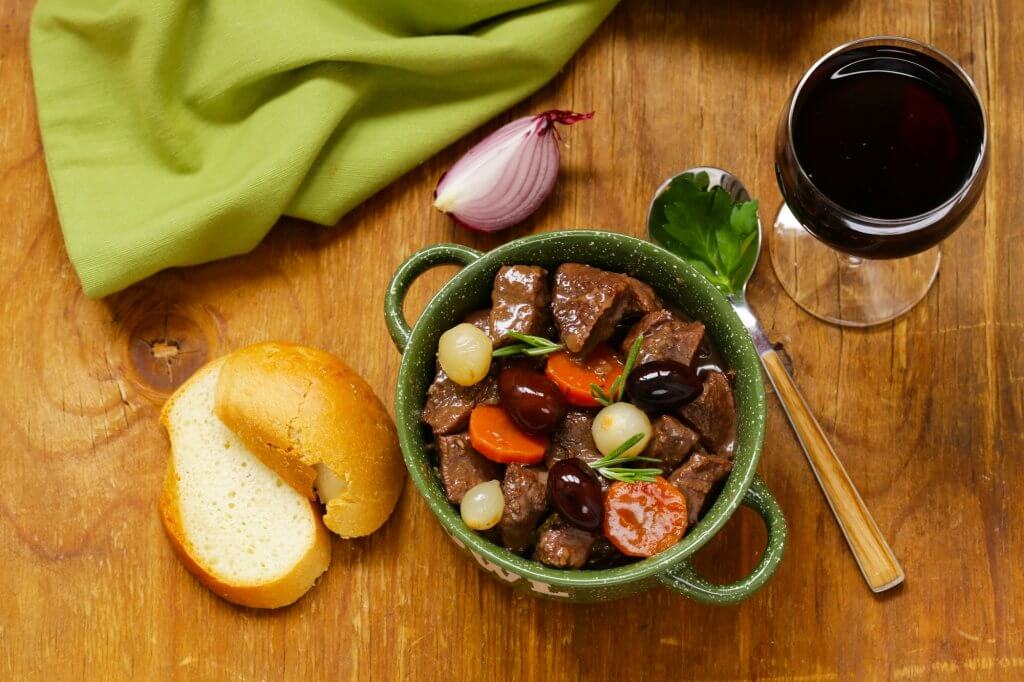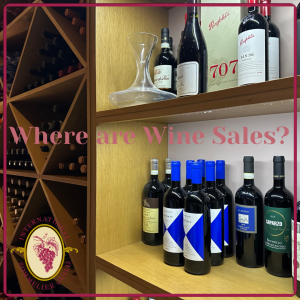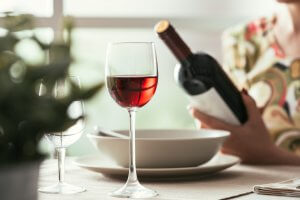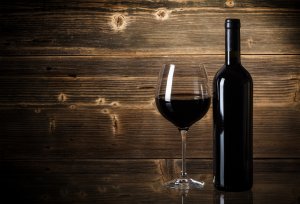Delicious Burgundy Food and White Pairing
There is hardly a town in Burgundy that goes without recognition. Some of the world’s greatest wines are grown on the hillsides of Bourgogne. A wonderland littered with Grand Cru vineyards like Vosne-Romanée, Gevrey-Chambertin, Aloxe-Corton, Nuits-St-Georges, Vougeot and Chambolle-Musigny and so many others. Here you will find Chardonnay, Gamay, Pinot Noir and Aligoté made in a “hand-stitched” style with winemakers keen on letting the grapes reveal their unique characteristics not to mention that of the wonderful terroir.
Burgundian cuisine is in the same breath something of a wonder. Always like a breathtaking walk on the wild side. Something a hunter would have for dinner. As if drawn by some primal force, sense of danger perhaps, Burgundians like their food local, fresh and with a taste of uniqueness. Dishes made with either blood or wine, choice meats that will have your heart racing. Cow’s tongue, calf’s head, pigs’ feet, snails for appetizers and the ever-present frog legs to name a few.
Everything mother nature offers is gobbled right up in a creative mix of ingredients and flare. Overall, as in all French cuisine, is tradition. An unshakable dependence on age old techniques and style to bring forth beauty and elegance to the table.
Burgundy and the allure of Poulet de Bresse- the Dish
Poulet de Bresse. A poultry dish so coveted it has its own DOP designation like a wine appellation! The white feathered, blue footed birds from the scenic town of Breese are bred free range, foraging on grains, bugs and shrubs. Added to the feed is buttermilk-soaked grains so that when they are ready for the pot, their tendons are tougher and can add flavor to the braise. Made with little interference of spice or herbs, the chicken remains the star. Served simply with some vegetables on the side and topped with a white sauce. Of the almost twelve million birds raised per year only about 5% get exported.
Wine Pairing
As a general rule, one should aspire to pair food with the wine used to cook it with. Regional dishes thrive next to regional wines, and none is as abundant with good wine as in Burgundy.
Chardonnay from Montrachet is sure to fit the bill. The terroir is stony, bare hillsides with rich brown soils which provide the world with some of the best Chardonnay and Pinot Noir to enter a bottle.
The aromatic fruit in the wine with notes of vanilla and butter always fresh on the palate and persistent in finish. The spicy fruit and fleshy texture of Montrachet wines are a heavenly combination for a divine dish.
A treat for the sweet toothed in Bordeaux
An hour away from the land of foie gras and black truffles, Drogone, is the port city of Bordeaux. You might not know this, they certainly are very humble about it, but the Bordelais(e) know their wine. So studiously that a style is named after Bordeaux. To clarify, Bordeaux-style wine is not a regulated term. Enterprising winemakers worldwide use it to refer to a blend of either of the varietals grown in Bordeaux; Cabernet Sauvignon, Merlot, Cabernet Franc, Petit Verdot and Malbec for red. White wines are chiefly of Muscadelle, Sauvignon Blanc and Semillion.
All this wine knowledge translated into their food and being a port city comes with its perks. Fresh oysters, caviar and saffron. Let’s hold on to that while we turn back to the wine.
In the winemaking process, filtration or purification is a key step before the wine goes into the bottle. No one wants to sip on wine with chunks of sediment like fragments of grape skins. So, the Bordelaise (and frankly almost every winemaker on earth), use egg whites in a process called ‘finning.’ They could just the same use fish bladders or fine sieves.
The Dish
Traditionally, the egg whites are whisked into a bowl and poured into the barrel. Left there for the protein to bind with the dead yeast. What happens to all the egg yolks you ask? They make canelé. A local pastry with a caramelized crust, thick center custard and flavored with vanilla and rum.
The story goes that it was first made in the Annonciades Convent on rue Magendie in Bordeaux to feed the local poor. One could thank the cellar master’s wives too for being enterprising and not letting yolks go to waste.
Interestingly, makers of this pastry founded their own corporation as canauliers using though not using milk, or dough as that was already monopolized by the pastry corporation. This however does not restrict them from making Retortillons and blessed bread. Baked in a flute-shaped cylindrical mold coated traditionally in bees wax, it remains a local popular treat.
The pairing.
Now how about some rotted-grape wine. Okay, maybe not as dramatic. Remember the white wine grapes mentioned earlier; Semillion, Sauvignon Blanc and Muscadelle? Well, in the Sauternais region of Bordeaux, there is a nectar sweet wine called Sauterns made of these grapes after deliberate ‘infection’ with the Botrytis Cinerea mould.
It seeps up the water in the grapes causing them to become raisinated and sweeter. The resulting wine is often thick with a deep golden hue and phenomenal balance. Pairing sweet on sweet typically reduces the perception of sugar on the palate and enhances other flavours of both the food and wine.







